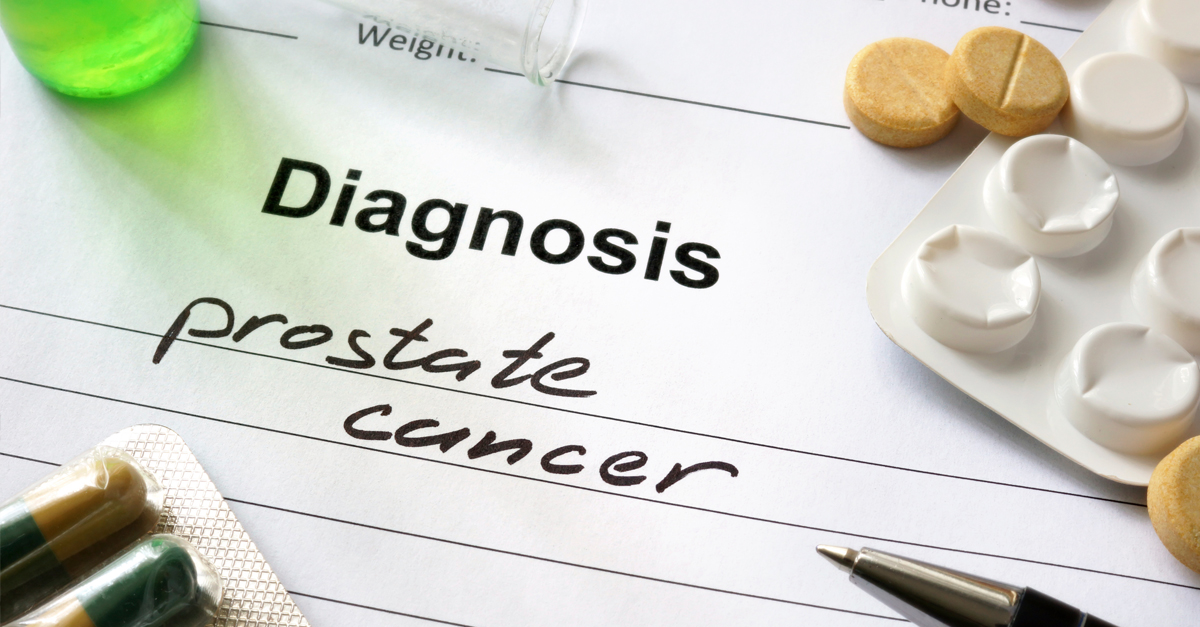Receiving a prostate diagnosis can be a whirlwind of emotions, leaving many men feeling overwhelmed and uncertain about what lies ahead. At this crucial juncture, understanding the next steps is not just important—it’s essential for informed decision-making and effective management.
Navigating the labyrinth of treatment options, from watchful waiting to various advanced therapies, can be daunting. Yet, knowledge is a powerful ally.
As you embark on this journey, preparation becomes vital, paving the way for open conversations with healthcare providers, comprehensive discussions about lifestyle changes, and the exploration of support networks. This article aims to illuminate the path forward, providing you with the tools and insights needed to approach this chapter of your life with confidence and clarity.
Understanding Your Diagnosis: What You Need to Know

Understanding your diagnosis is an essential first step in navigating the complex landscape of prostate health. A prostate cancer diagnosis can evoke a whirlwind of emotions—fear, confusion, and even relief if it results from a long-sought evaluation.
It’s important to grasp what your specific diagnosis means in light of factors such as the cancer’s stage, grade, and overall health. These elements can significantly influence treatment options and outcomes.
Engaging in conversations with your healthcare team will equip you with vital knowledge, but do not hesitate to seek additional opinions or resources. Gathering comprehensive information will empower you—transforming uncertainty into proactive decision-making as you approach the next steps in your treatment journey.
Key Questions to Ask Your Doctor

When navigating the maze of a prostate cancer diagnosis, its imperative to engage in candid discussions with your healthcare provider. Begin by asking, What are the specific characteristics of my prostate cancer? Understanding the stage and grade can illuminate what lies ahead.
Inquire about the various treatment options available: What are the benefits and risks of each approach? It’s essential to weigh factors such as side effects, potential outcomes, and quality of life. Dont hesitate to probe into the timeline: How soon do we need to start treatment, and what should I expect during the process? Moreover, ask about support services: Are there resources for counseling or support groups? Engaging in these crucial conversations can empower you and guide you toward informed decisions for your health journey ahead.
Exploring Treatment Options: Surgery, Radiation, and More
When faced with a prostate cancer diagnosis, the myriad treatment options can feel overwhelming. Surgery, often touted as a primary intervention, can encompass various techniques such as radical prostatectomy, which removes the prostate gland and some surrounding tissues. However, not all cases necessitate such invasive procedures.
Many patients consider radiation therapy—targeted beams designed to obliterate cancer cells—either as a standalone option or in conjunction with surgery. Hormonal treatments might be on the table as well, strategically reducing hormone levels to slow or halt the progression of the disease.
Yet, it doesnt end there; active surveillance may be a suitable choice for those with low-risk situations, opting for vigilant monitoring instead of immediate intervention. As you navigate the landscape of these diverse treatments, its crucial to weigh each options potential benefits and risks, all while engaging in open conversations with your healthcare team to find the path that best aligns with your values and lifestyle.
Conclusion

In conclusion, receiving a prostate diagnosis can be a challenging and overwhelming experience, but understanding the next steps and how to effectively prepare for treatment can empower patients and alleviate some of their concerns. Engaging in open dialogues with healthcare providers, gathering information, and considering all available treatment options—including innovative solutions like Prostalite—can enhance the decision-making process. With the right support and resources, patients can navigate this journey with confidence, ultimately leading to better health outcomes and a renewed sense of hope for the future.
Remember, proactive steps taken today can significantly impact tomorrow’s wellness.




